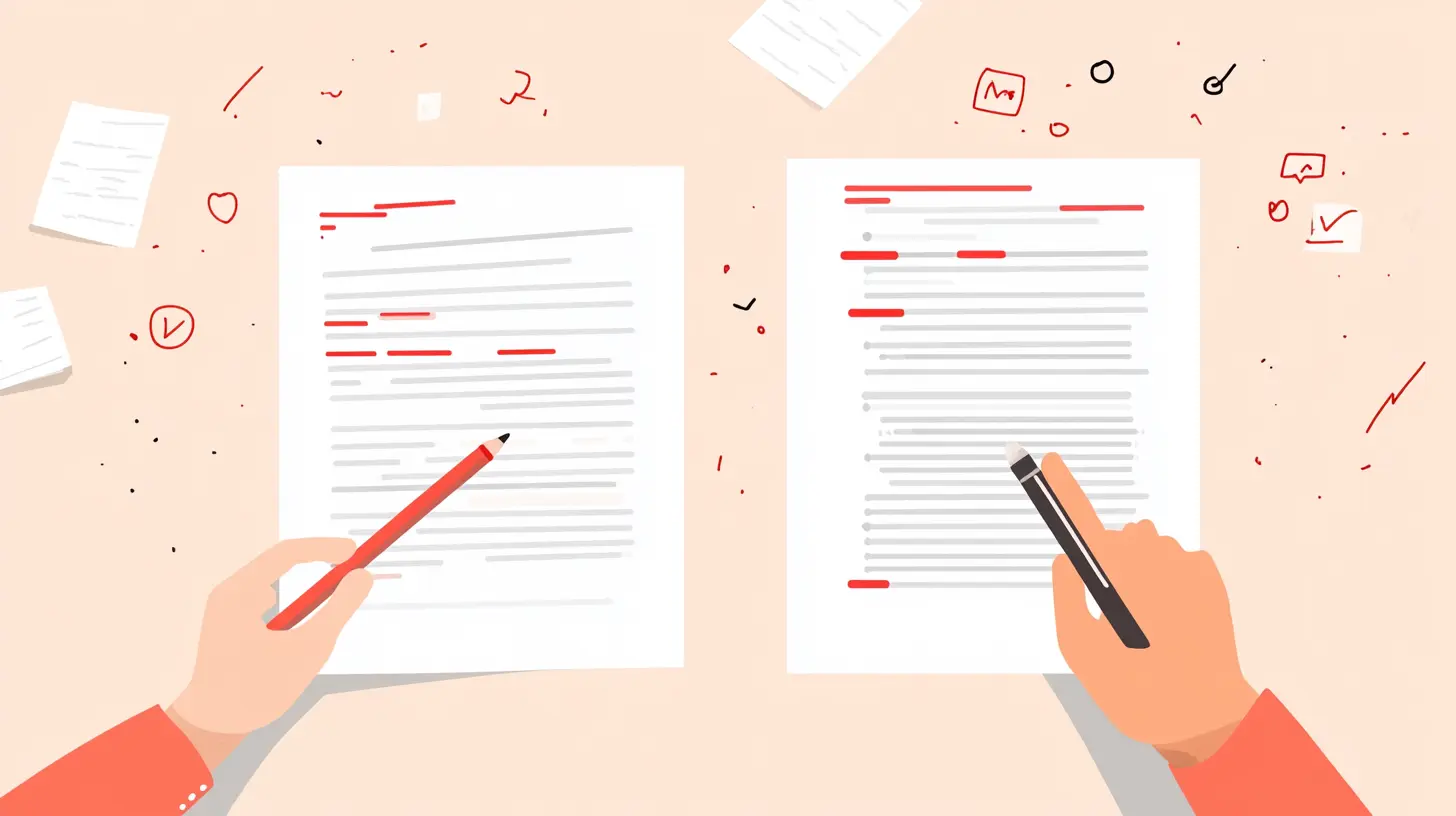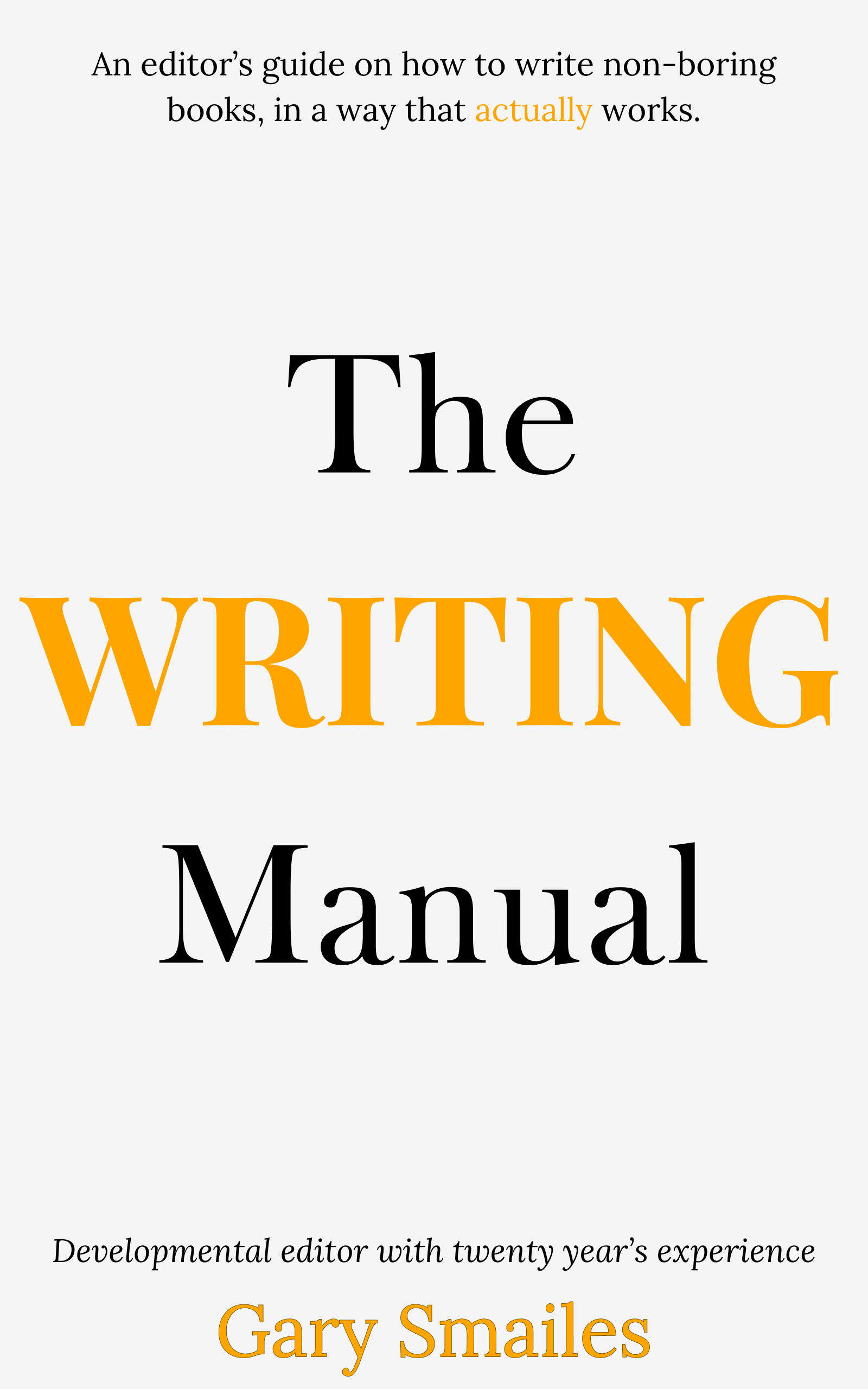



This essential guide to copy editing covers the nuances between different types of editing, the core principles of copy editing, and how it differs from proofreading, general editing, and rewriting. Perfect for authors and editors alike, this guide will help you understand the intricate details that go into refining a manuscript.
Embarking on the path from a draft manuscript to a finished book involves more than just writing; it's about refining and perfecting your work to make it shine. This essential guide on copy editing provides an in-depth look at the various facets of editing, offering writers the insights and tools needed to navigate this critical stage of the publishing process.
Copy editing goes beyond mere grammar and punctuation corrections. It's about enhancing clarity, consistency, and coherence to ensure your manuscript resonates with readers. Copy editing helps polish your writing to make it clear and professional. This guide will help you understand the nuances between different types of editing, including proofreading, general editing, line editing, and rewriting, so you can make informed decisions about what your manuscript needs.
We'll explore the core principles of copy editing, known as the 5 Cs, which serve as the foundation for producing a polished and professional manuscript. Whether you're an author preparing your book for publication or an editor looking to sharpen your skills, this guide will provide valuable insights into the essential aspects of copy editing.
Understanding the differences between copy editing and other forms of editing is crucial. This guide provides clear explanations to help you distinguish between copy editing, general editing, line editing, and rewriting. By the end, you'll have a comprehensive understanding of how each type of editing contributes to the overall quality of your manuscript.
Whether you're considering hiring a professional editor or taking on the task yourself, this guide will equip you with the knowledge and strategies to ensure your manuscript is the best it can be. Let's dive into the world of copy editing and discover how to transform your writing into a polished, compelling narrative.
Table of Contents

Copy editing is an essential phase in the editing process that focuses on improving the clarity, coherence, and overall readability of a manuscript. This task involves correcting grammatical errors, punctuation, spelling, and syntax issues. Additionally, copy editors ensure consistency in style and formatting, address factual inaccuracies, and may suggest rephrasing awkward sentences. The goal is to polish the text to make it professional and engaging for the reader.

While both copy editing and proofreading aim to improve the quality of a manuscript, they serve different purposes and occur at different stages of the editing process. Copy editing focuses on enhancing the text's clarity, coherence, and readability by addressing grammar, punctuation, spelling, and style issues. It also involves checking for consistency and factual accuracy.
Proofreading, on the other hand, is the final step before publication. It involves a meticulous review of the text to catch any remaining errors, such as typos, formatting inconsistencies, and minor grammatical mistakes. The primary goal of proofreading is to ensure the manuscript is error-free and ready for publication.

The 5 Cs of copy editing are a set of principles that guide editors in refining a manuscript to achieve clarity, consistency, coherence, correctness, and completeness. These principles ensure that the text is polished and professional, enhancing the reader's experience.

Copy editing and general editing serve distinct roles in the editing process. Copy editing focuses on correcting grammatical errors, punctuation, spelling, and ensuring consistency in style and formatting. It aims to enhance the text's clarity and readability without altering the author's voice or the content's overall structure.
General editing, also known as substantive or developmental editing, involves a more comprehensive review of the manuscript. This process addresses the content's overall structure, flow, and coherence. General editors may suggest significant revisions, such as reordering sections, developing characters, or enhancing plot elements. The goal is to improve the manuscript's overall quality and effectiveness.

Copy editing and line editing are two distinct stages in the editing process, each with its own focus and objectives. Copy editing primarily addresses grammatical errors, punctuation, spelling, and consistency in style and formatting. The goal is to enhance clarity and readability while preserving the author's voice.
Line editing, on the other hand, delves deeper into the text. It involves a detailed analysis of the manuscript's language, style, and tone. Line editors work on improving sentence structure, word choice, and overall flow, ensuring that the text is engaging and coherent. They may suggest rephrasing or restructuring sentences to enhance the narrative's impact and readability.

Copy editing and rewriting are distinct processes that serve different purposes in refining a manuscript. Copy editing focuses on correcting grammatical errors, punctuation, spelling, and ensuring consistency in style and formatting. It aims to polish the text while preserving the author's original voice and intent.
Rewriting, however, involves a more substantial transformation of the text. It may include reworking entire sections, changing the structure, and altering the tone or style to improve clarity, coherence, and overall quality. Rewriting is often employed when the original content requires significant enhancement or when the author's message needs to be more effectively conveyed.
Understanding the distinctions between various types of editing—copy editing, general editing, line editing, and rewriting—can significantly enhance the quality of your manuscript. Each stage of the editing process serves a unique purpose, from correcting grammatical errors and improving readability to refining the overall structure and style of the text. By knowing what each type of editing entails, authors can better collaborate with editors to produce a polished and compelling final product.
Whether you're looking to fine-tune your prose through copy editing, restructure your narrative with general editing, enrich your language with line editing, or completely transform your work through rewriting, each approach plays a crucial role in the journey from draft to publication. For more insights and detailed explanations, explore the links provided in this guide to deepen your understanding of the editing process.

Claim your free eBook today and join over 25,000 writers who have read and benefited from this ebook.
'It is probably one of the best books on writing I've read so far.' Miz Bent